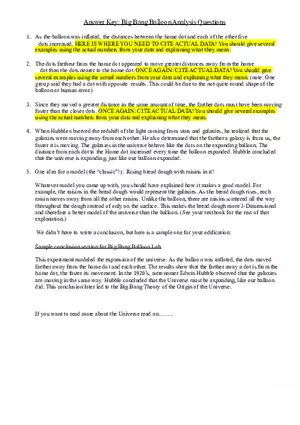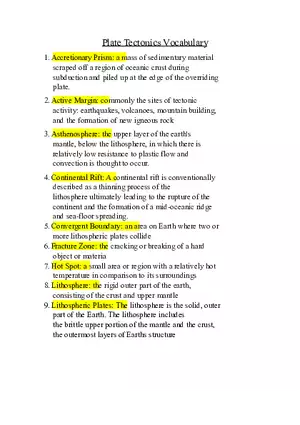Answer Key
Chapter 6 Smartworks Activity Answers
-
University:
University of Scranton -
Course:
PHYS 102 | Earth Science Academic year:
2023
-
Views:
772
Pages:
3
Author:
Phillip Fox
Chapter 6 Smartworks Activity Answers



Get free access by sharing your notes or level up to premium today
- Full Library Access
- Unlimited Learning Materials
- Boost Your Grades
Recommended Documents
Get your assignment done in just 3 hours. Quick, easy, and available 24/7.
Report
Tell us what’s wrong with it:
Thanks, got it!
We will moderate it soon!
Report
Tell us what’s wrong with it:
Free up your schedule!
Our EduBirdie Experts Are Here for You 24/7! Just fill out a form and let us know how we can assist you.
Take 5 seconds to unlock
Enter your email below and get instant access to your document




